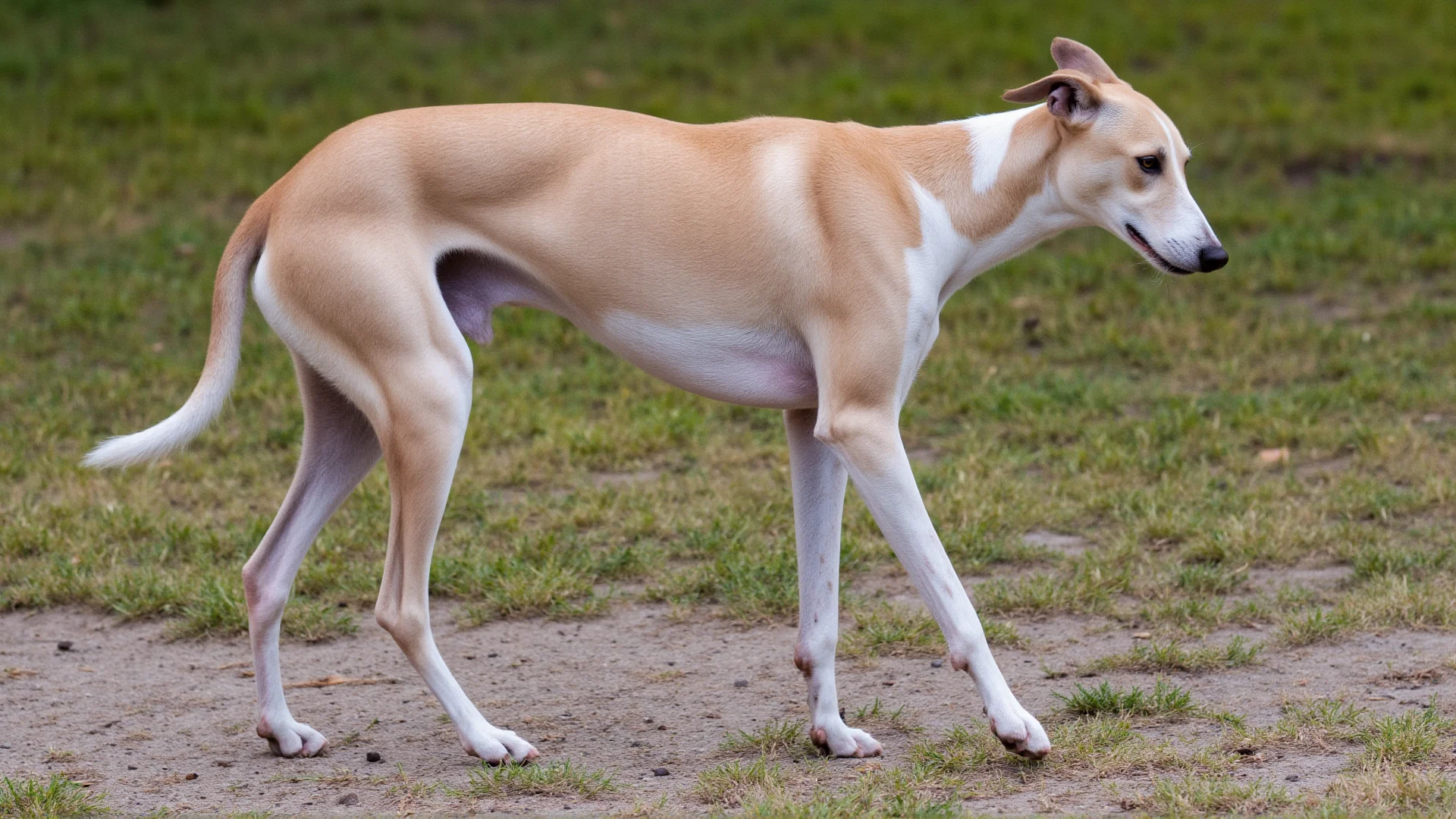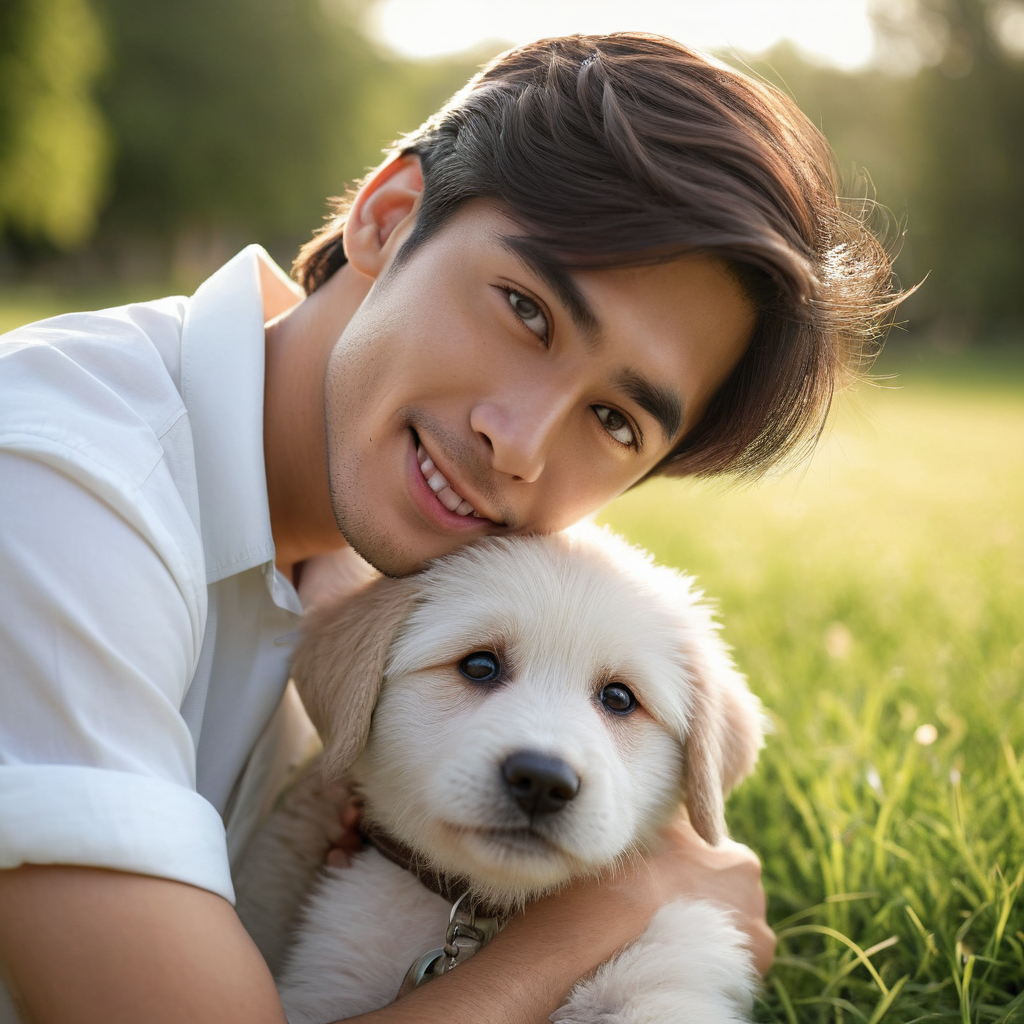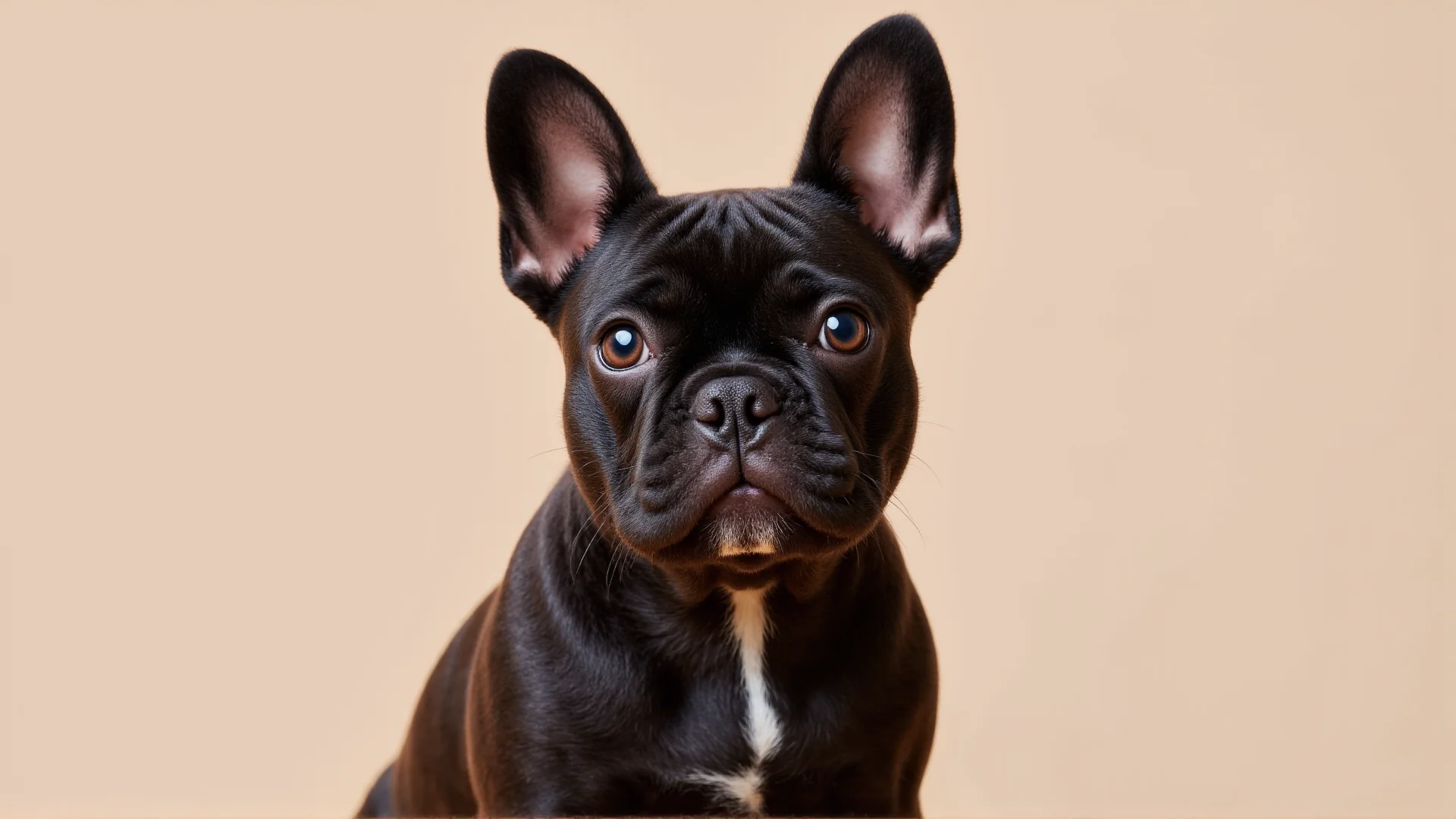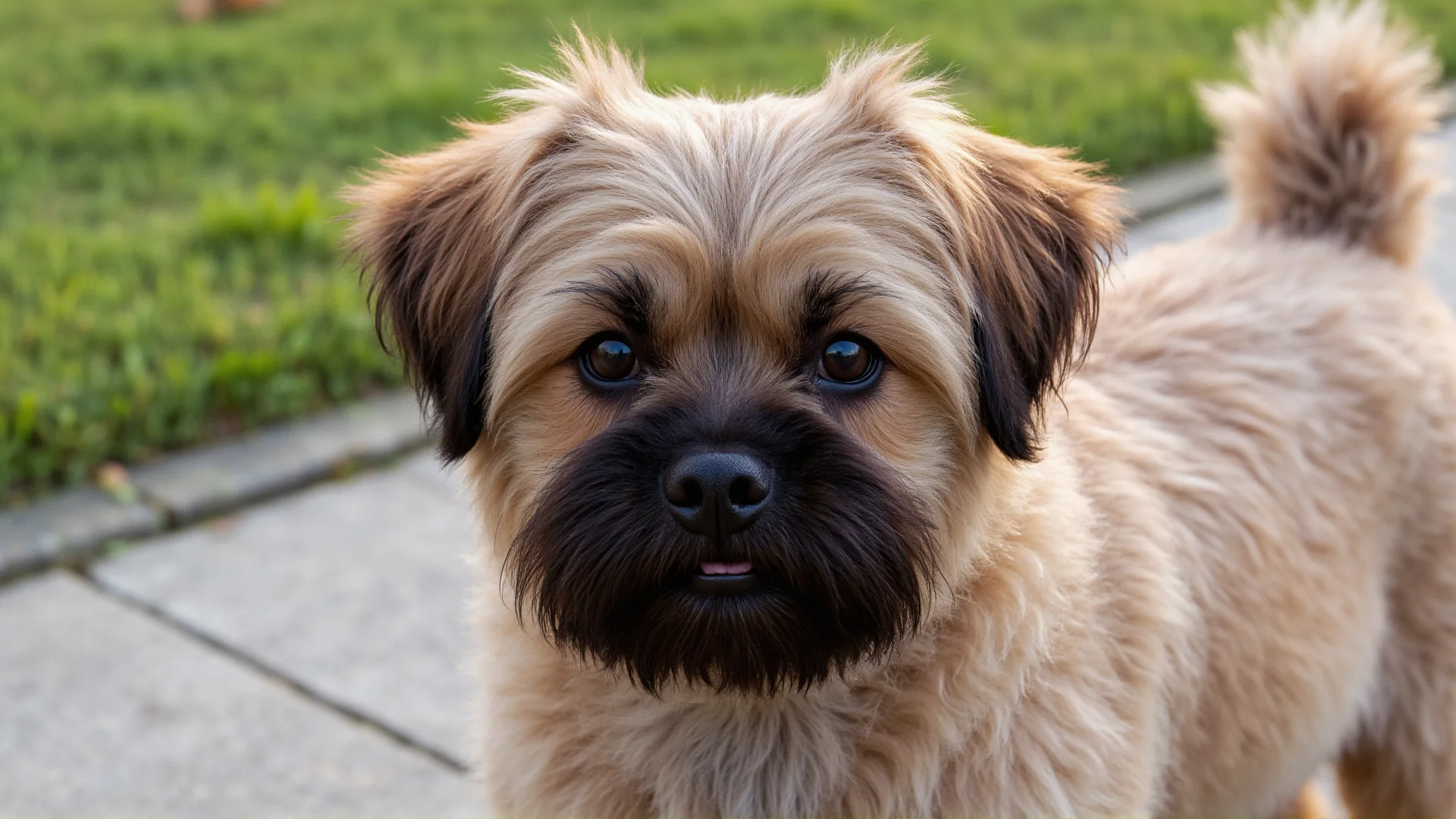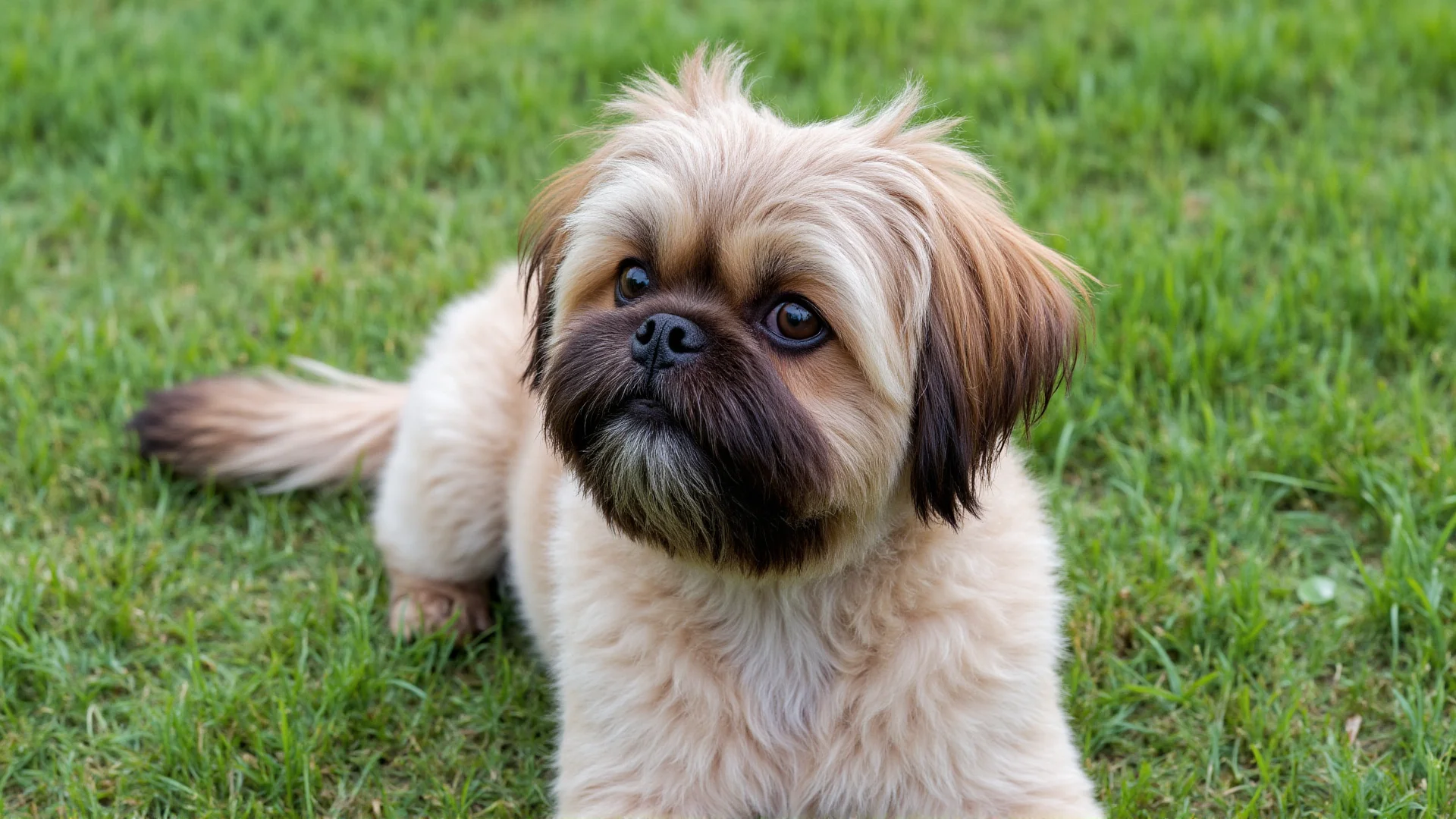From Track to Home: A Complete Guide to Retired Racing Greyhounds
Retired racing Greyhounds are among the most rewarding dogs to adopt, but they come with unique needs and characteristics that potential owners should understand.
Understanding the Racing Greyhound Background
Racing Greyhounds live very structured lives on the track. They're kenneled for most of the day, fed on strict schedules, and their primary exercise comes from training runs and races. This background means they're often well-socialized with other Greyhounds but may have limited exposure to typical household situations.
Most racing Greyhounds retire between ages 2-5, giving them many years of loving companionship ahead. The racing industry has improved significantly in recent decades, with better care standards and active retirement programs ensuring these athletes find loving homes.
Physical Characteristics and Health Considerations
Greyhounds are built for speed, with deep chests, long legs, and lean muscle mass. Their unique physiology affects their care needs:
- Temperature sensitivity: Their thin skin and minimal body fat make them sensitive to both heat and cold
- Thin skin: They're prone to cuts and scrapes that heal slowly
- Deep chest: Increases risk of bloat, a serious condition requiring immediate veterinary attention
- Unique blood chemistry: Normal values differ from other breeds, requiring Greyhound-experienced veterinarians
Common Health Issues in Retired Racers
While generally healthy, retired racing Greyhounds may face certain conditions:
- Track injuries that may cause ongoing lameness
- Dental issues from racing muzzles
- Corns on their feet from track surfaces
- Higher rates of osteosarcoma (bone cancer) compared to other breeds
Transitioning from Track Life to Home Life
The transition from racing kennel to family home is significant. Most Greyhounds adapt remarkably well, but patience is key during the adjustment period.
First Few Weeks
Expect your retired racer to be confused by household items they've never encountered. Stairs, glass doors, televisions, and even their own reflection can be startling at first. They may also:
- Sleep extensively (16-18 hours daily is normal)
- Show little interest in toys initially
- Be unsure about soft surfaces like grass or carpet
- Need time to learn their name if they only knew their racing number
House Training
Greyhounds are naturally clean dogs and house training is usually straightforward. They're accustomed to relieving themselves on command and in designated areas. Establish a consistent schedule and use positive reinforcement for outdoor elimination.
Exercise and Activity Needs
Contrary to popular belief, Greyhounds are not high-energy dogs. They're sprinters, not marathon runners, and are often called "40-mph couch potatoes."
Exercise Requirements
- Daily walks: Two 20-30 minute walks provide sufficient exercise for most Greyhounds
- Free running: Occasional runs in securely fenced areas satisfy their need for speed
- Mental stimulation: Puzzle toys and training sessions engage their intelligent minds
Safety Considerations
Never allow off-leash exercise in unfenced areas. Greyhounds have strong prey drives and can reach top speeds quickly. A fenced yard or designated dog park is essential for safe free running.
Training and Behavioral Characteristics
Greyhounds are intelligent, sensitive dogs that respond well to positive reinforcement training. Their racing background gives them several advantages:
Natural Advantages
- Well-socialized with other dogs
- Comfortable with handling and grooming
- Accustomed to travel and new environments
- Naturally calm and gentle temperament
Training Focus Areas
Focus training on household manners rather than complex obedience:
- Basic commands: sit, stay, down, come
- Leash walking without pulling
- Polite greetings with people
- Resource guarding prevention
Living with Small Animals
Greyhounds have been bred to chase moving objects, which can make living with cats and small dogs challenging. However, many Greyhounds successfully live with small animals with proper introduction and management.
Cat Testing
Most Greyhound adoption groups perform cat testing to identify dogs that show little to no interest in cats. However, a cat-safe Greyhound still requires:
- Supervised interactions initially
- Management during high-excitement times
- Separate feeding areas
- Safe spaces for cats to retreat
Special Care Requirements
Climate Considerations
Greyhounds need protection from weather extremes:
- Cold weather: Require coats or sweaters when temperatures drop below 50°F
- Hot weather: Need shade and should avoid exercise during peak heat hours
- Sun protection: Light-colored Greyhounds may need sunscreen on exposed skin
Nutrition
Feed high-quality food appropriate for their age and activity level. Many retired racers benefit from:
- Elevated feeding bowls to reduce bloat risk
- Smaller, more frequent meals
- Weight management to prevent stress on joints
Finding the Right Greyhound
Work with reputable Greyhound adoption groups that:
- Provide complete medical histories
- Conduct behavioral evaluations
- Offer ongoing support and education
- Have return policies if adoption doesn't work out
Choosing Your Match
Consider these factors when selecting a retired racer:
- Energy level and exercise needs
- Compatibility with existing pets
- Age and any medical considerations
- Personality traits that match your lifestyle
The Rewards of Greyhound Adoption
Retired racing Greyhounds make exceptional family pets. They're typically:
- Gentle and patient with children
- Clean and odor-free
- Quiet and rarely bark excessively
- Content with moderate exercise
- Grateful for the comfort of home life
Many Greyhound owners describe the unique bond they form with their retired racers. These dogs seem to understand they've been given a second chance at life and repay that gift with unwavering loyalty and affection.
